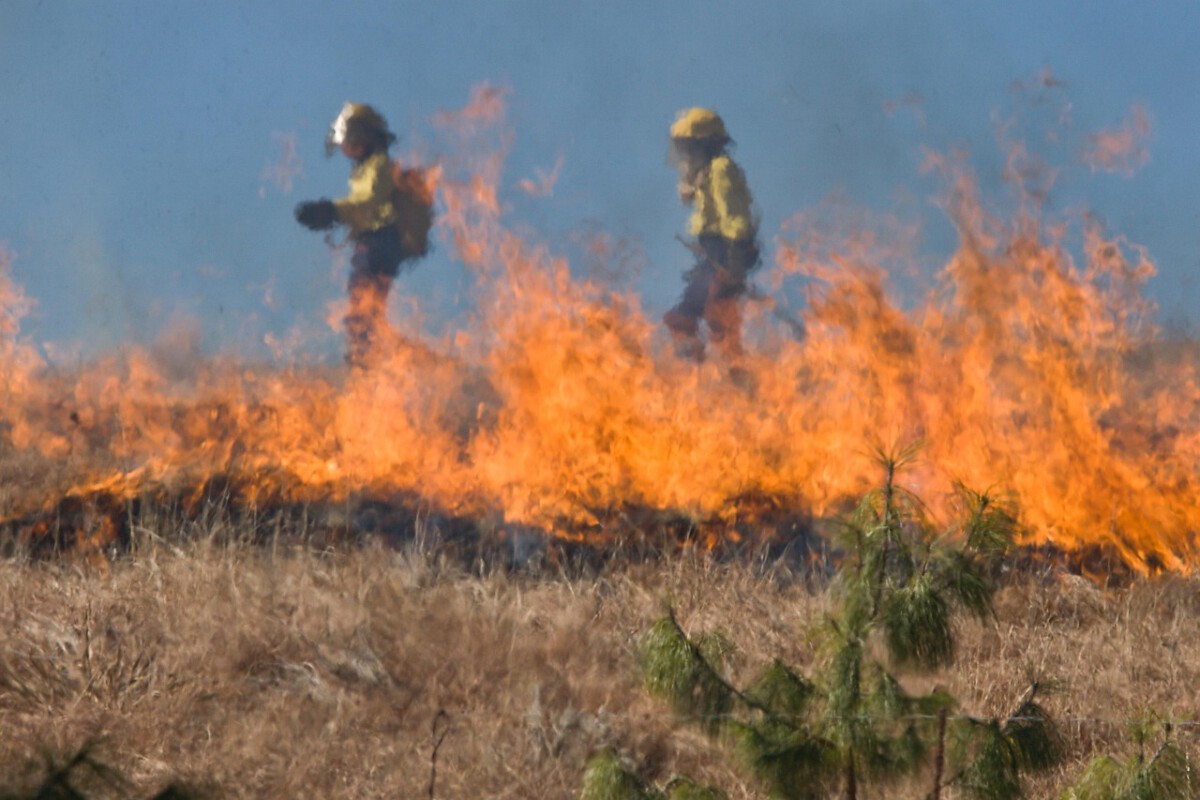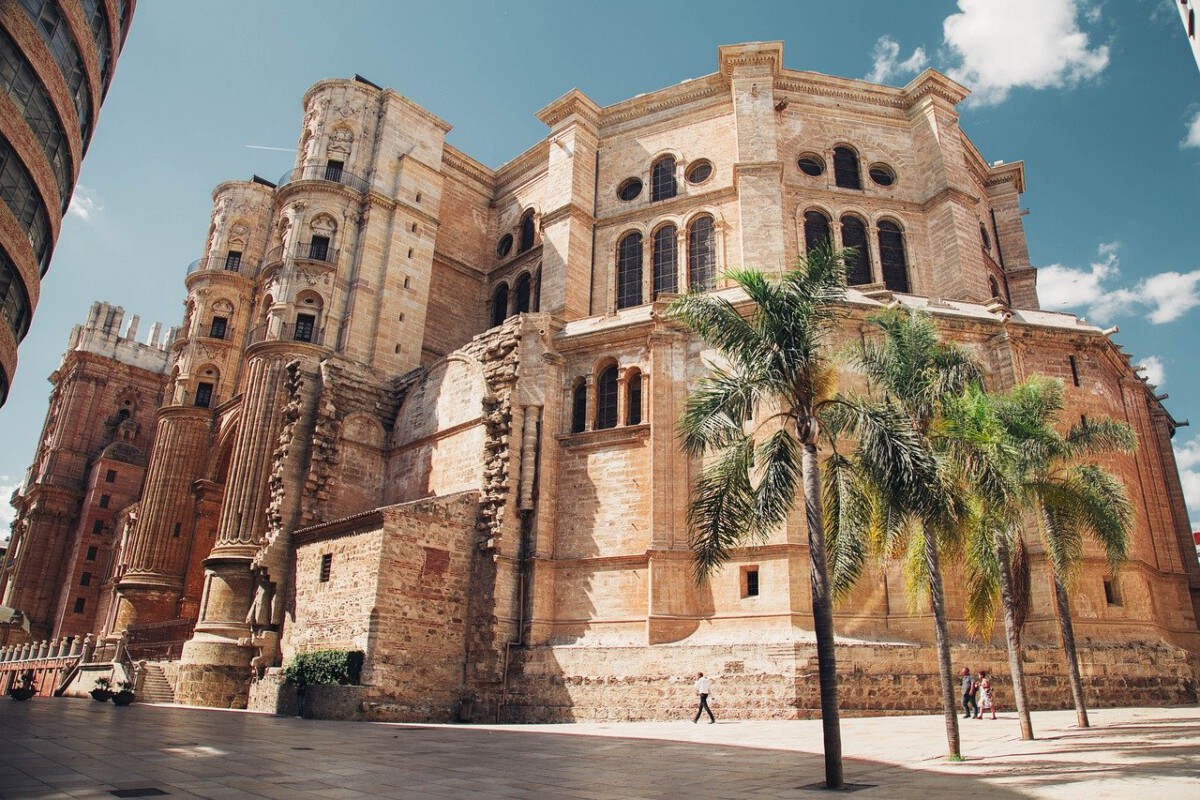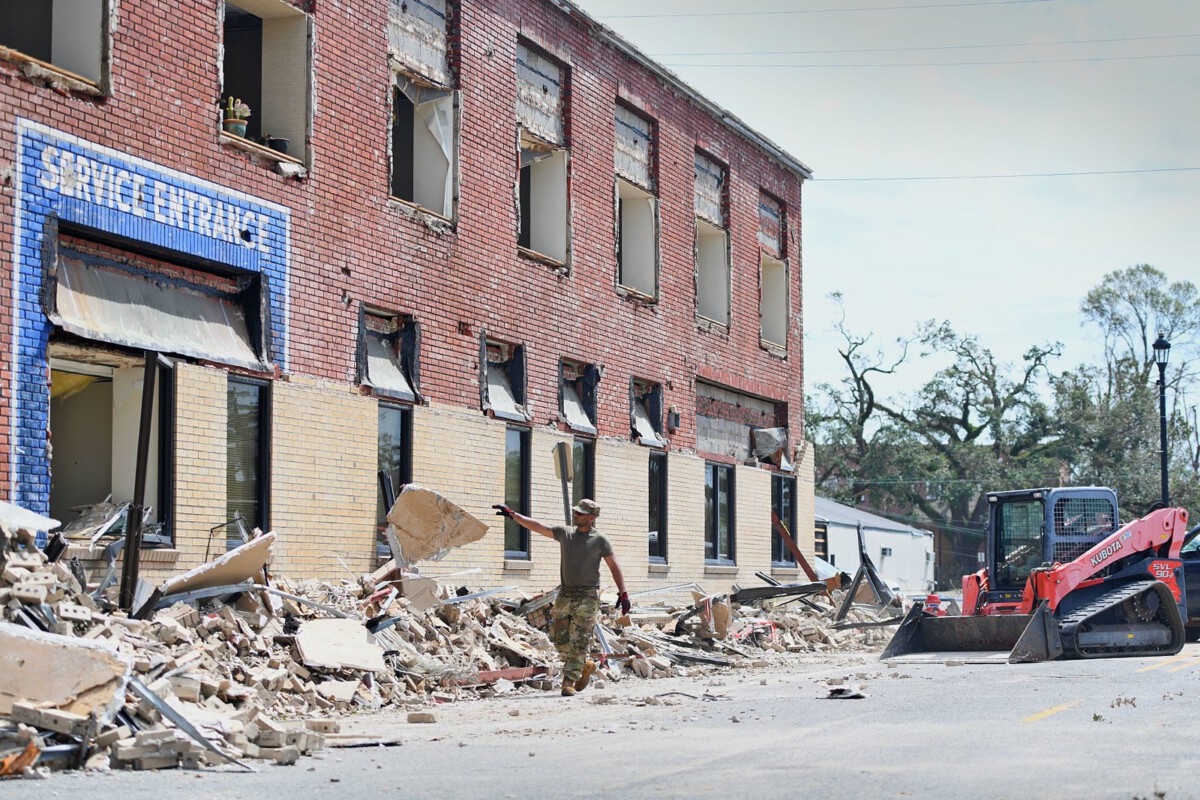
Wildfires Leave a Mess That’s Hard to Ignore (Image Credits: Pixabay)
Pacific Palisades, Los Angeles – Charred wood and twisted metal linger on overgrown lots here, casting long shadows over a neighborhood still healing from the flames.
Wildfires Leave a Mess That’s Hard to Ignore
Imagine waking up to your dream home reduced to rubble. That’s the reality for many in Pacific Palisades after the massive Palisades Fire tore through in January. The blaze wiped out thousands of structures and left behind toxic debris that could spark health hazards or even new fires.
City officials aren’t waiting around anymore. On October 20, the Los Angeles Board of Building and Safety Commissioners stepped in, labeling eight stubborn properties as public nuisances. These spots haven’t seen a single broom or bulldozer since the fire, turning prime real estate into eyesores and risks.
It’s a wake-up call. Delays in cleanup aren’t just frustrating; they’re dangerous in a city prone to dry winds and sparks.
Why the City Pulled the Nuisance Trigger
Public nuisances aren’t some vague term. In LA, it means a property endangering public health, safety, or welfare. Think unsecured ruins inviting squatters or debris that blocks emergency access.
For these eight sites, the issue boils down to uncleared wildfire waste. Owners had chances to join free removal programs run by the Army Corps of Engineers, but some opted out or dragged their feet. Now, the city can force action, like hiring crews at the owner’s expense.
This isn’t the first clash. Earlier this year, fines started at $722 for brush neglect, climbing to $1,700. The message? Rebuild responsibly, or pay the price.
Spotlight on the Eight Troubled Properties
Each of these lots tells a story of loss and inaction. Scattered across Pacific Palisades, they range from cozy homes to sprawling estates, all scarred by the same inferno.
One stands out for its screen cred: the mansion featured in HBO’s “Succession.” Fans might recognize its grand facade from the show’s power plays, but today it’s a hollow shell amid the ash. Owners face the same rules as everyone – clear it or face city intervention.
Details on the others stay under wraps for privacy, but reports highlight open structures ripe for trouble. From mobile home parks to single-family pads, the common thread is neglect that’s costing the community.
How Cleanup Became a Battleground
Recovery after the Palisades Fire has been a slog. The Army Corps hit a milestone in April by tackling multi-family sites, but progress stalled for holdouts. Some owners hired private teams, only to bury debris onsite – a shortcut that backfired with fines.
Evacuations lifted by June, yet full rebuilds could drag into 2029. Property damage estimates hit $28 billion to $53.8 billion, leaving folks in limbo. The city’s nuisance declarations aim to speed things up, protecting neighbors from fallout.
Still, frustration runs high. Residents in places like the Palisades Bowl mobile home park feel abandoned, with debris uncleared nine months later.
What Owners Face Next
Getting slapped with a nuisance label isn’t the end, but it’s close. The city can now abate the problem themselves and bill owners, plus tack on penalties.
For the “Succession” mansion and its peers, this means urgent decisions. Clear the lot voluntarily to avoid escalation, or watch costs skyrocket. Legal appeals exist, but time’s ticking in fire season.
Broader aid helps, like state grants for debris removal. Yet, with over 300 properties cited for brush issues post-fire, this crackdown signals zero tolerance moving forward.
Lessons from the Ashes for LA’s Future
The Palisades saga underscores a harsh truth: wildfires don’t end when the smoke clears. Proactive cleanup saves lives and wallets, preventing debris flows during storms or new blazes in windy canyons.
LA’s move here could inspire tougher rules citywide. As climate shifts amp up fire risks, communities must balance empathy for victims with public safety.
Key Takeaways
- Eight Pacific Palisades properties, including a famous TV mansion, are now public nuisances due to lingering wildfire debris.
- City action allows forced cleanups and fines, pushing owners toward free federal programs.
- Full recovery might take years, highlighting the need for faster support in fire-prone areas.
In the end, this isn’t just about eight lots – it’s a push for a safer, swifter rebuild across LA. What steps would you take if your home was in the crosshairs? Share your thoughts in the comments.



